
Microwaves are like magic in the kitchen. They can do everything from baking brownies to making potato chips, making them a huge time-saver. But even with all their convenience, there are some things microwaves just can’t handle. It’s super important to know their limits to avoid any mishaps. So here are 20 things you should never put in the microwave!
Aluminum Foil
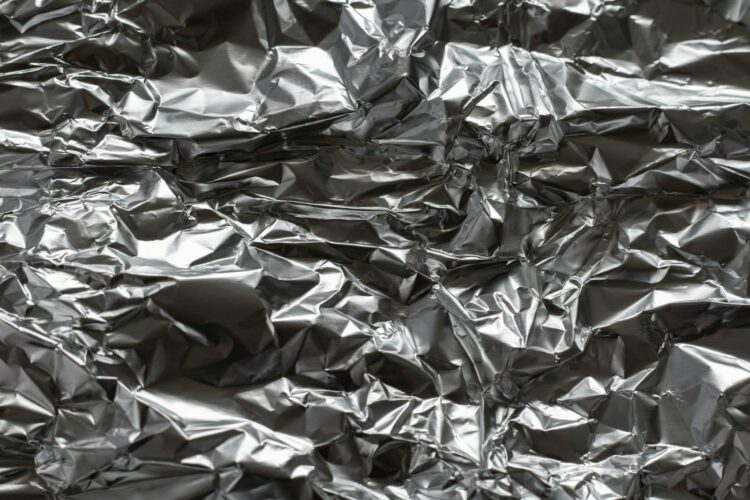
One household item you should definitely avoid microwaving is aluminum foil. It’s a thin metal that reflects the microwave’s energy instead of soaking it up. This reflection can create sparks inside your microwave, which could damage the appliance and start a fire. So, to keep things safe, steer clear of using aluminum foil in the microwave.
Metal or Stainless Steel
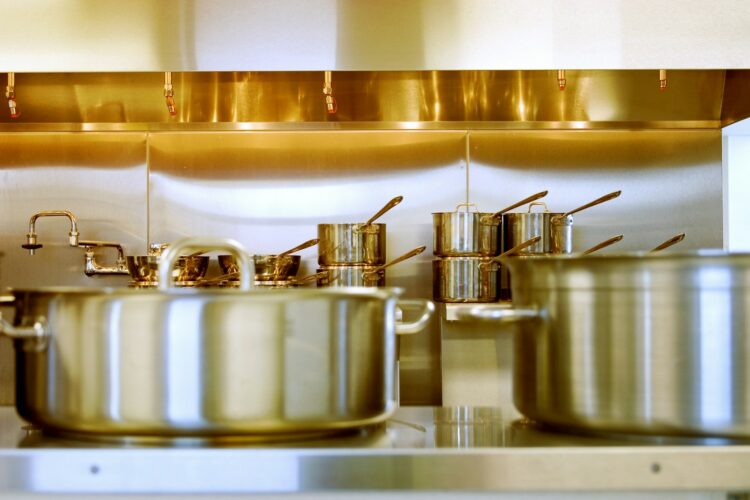
Plates with shiny metal rims and stainless-steel travel mugs can be dangerous in the microwave. They might cause a fire because the metal reflects the microwave’s heat rather than letting it warm up your food or drink. Like aluminum foil, the metal will keep your meal from getting hot. So it’s best to keep these items out of the microwave.
Soda
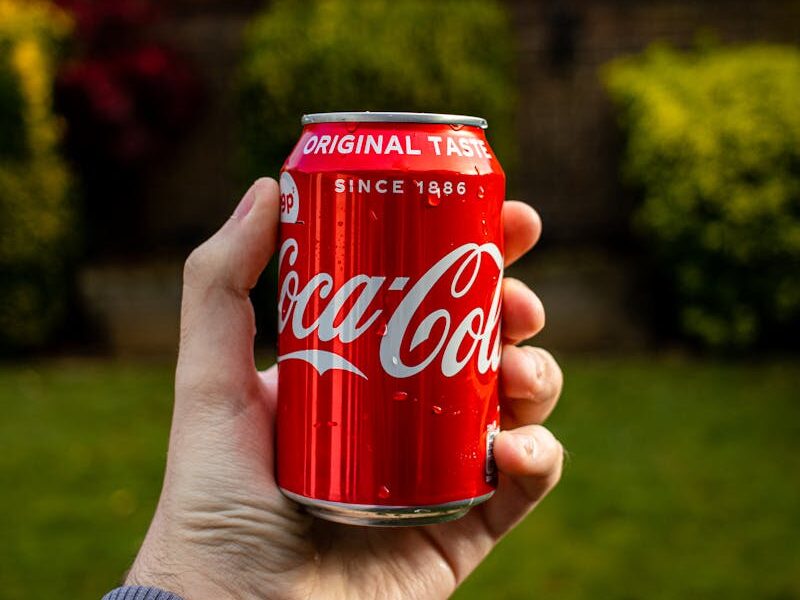
While it might seem harmless, heating up a can of soda in the microwave can be dangerous. The carbonation in the drink can cause the can to explode when heated unevenly. Even if the can doesn’t burst, the resulting drink can be extremely hot and potentially burn your mouth.
Water
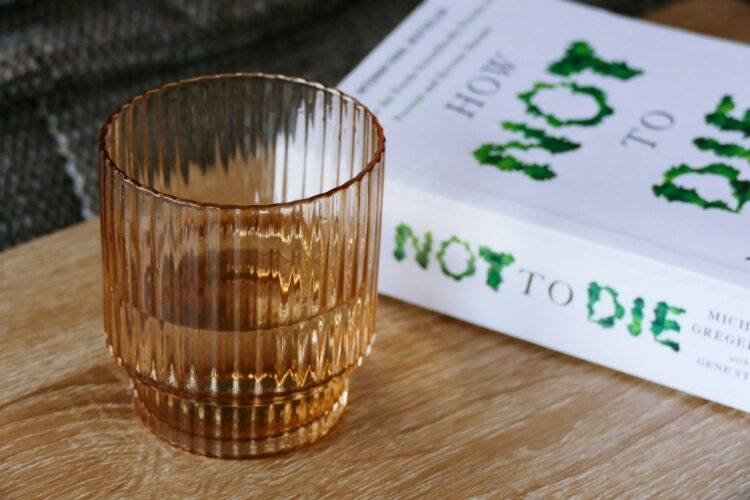
Heating a mug of water in the microwave for tea might seem like a no-brainer, but it can actually be pretty risky. Microwaving water can make it superheated, which means it gets hotter than boiling without actually bubbling. When you stir or move the mug, this superheated water can suddenly burst out and splash, possibly giving you a serious burn.
Grapes

Don’t just toss a handful of grapes on top of your oatmeal and pop the whole thing in the microwave. Grapes can get super hot, and their sugary insides might turn into molten goo. They could explode in the microwave, when you stir, or even when you take a bite, sending hot fruit everywhere. If you want to warm up grapes, try roasting them in the oven for a few minutes instead.
Raw Spicy Peppers
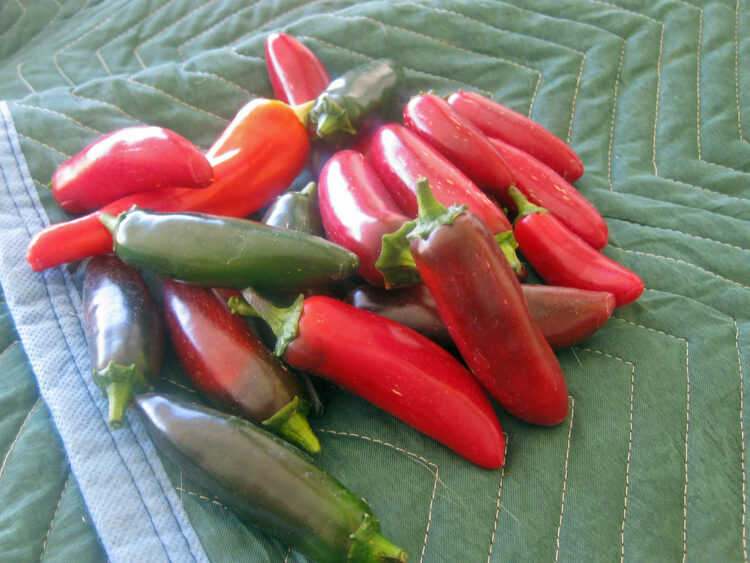
Raw peppers won’t explode in the microwave, but they have this compound called capsaicin that turns into vapor when heated. This vapor can be very dangerous. If it gets in your eyes, it can sting and irritate, and if you breathe it in—it might make you cough and feel uncomfortable. So, play it safe by handling peppers carefully, maybe using a cover or cooking them at a lower temperature.
Takeout Containers
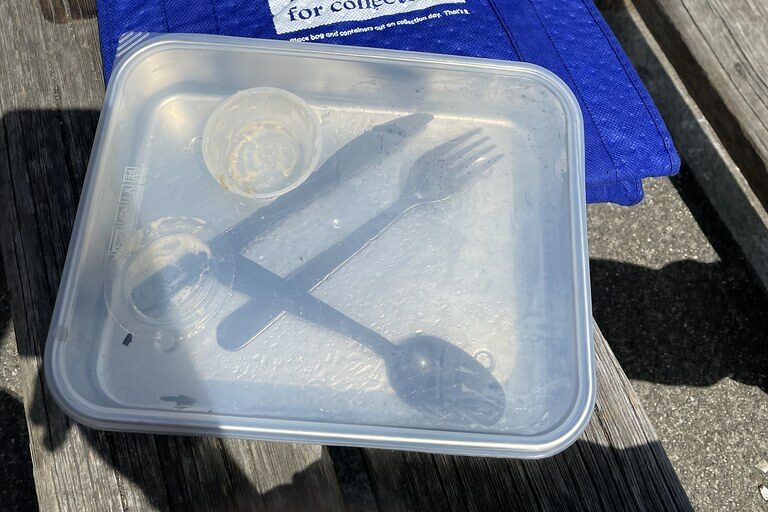
Chinese restaurant takeout containers often have metal rims and sometimes use plastic lining. While many of these containers are okay for the microwave, it’s best to double-check. Look for the microwave-safe symbol, which usually looks like a box with squiggly lines inside. Containers labeled #5, made from polypropylene (PP), are typically safe for microwaving.
Leftover Potatoes

You can definitely speed-cook your potatoes in the microwave, but be careful when reheating them later. Potatoes can have Clostridium botulinum, the bacteria that causes botulism. If they’re cooked and left out without cooling in the fridge, the bacteria can grow. Microwaving won’t kill these bacteria, so eating reheated potatoes that have been sitting around might upset your stomach.
Processed Meats
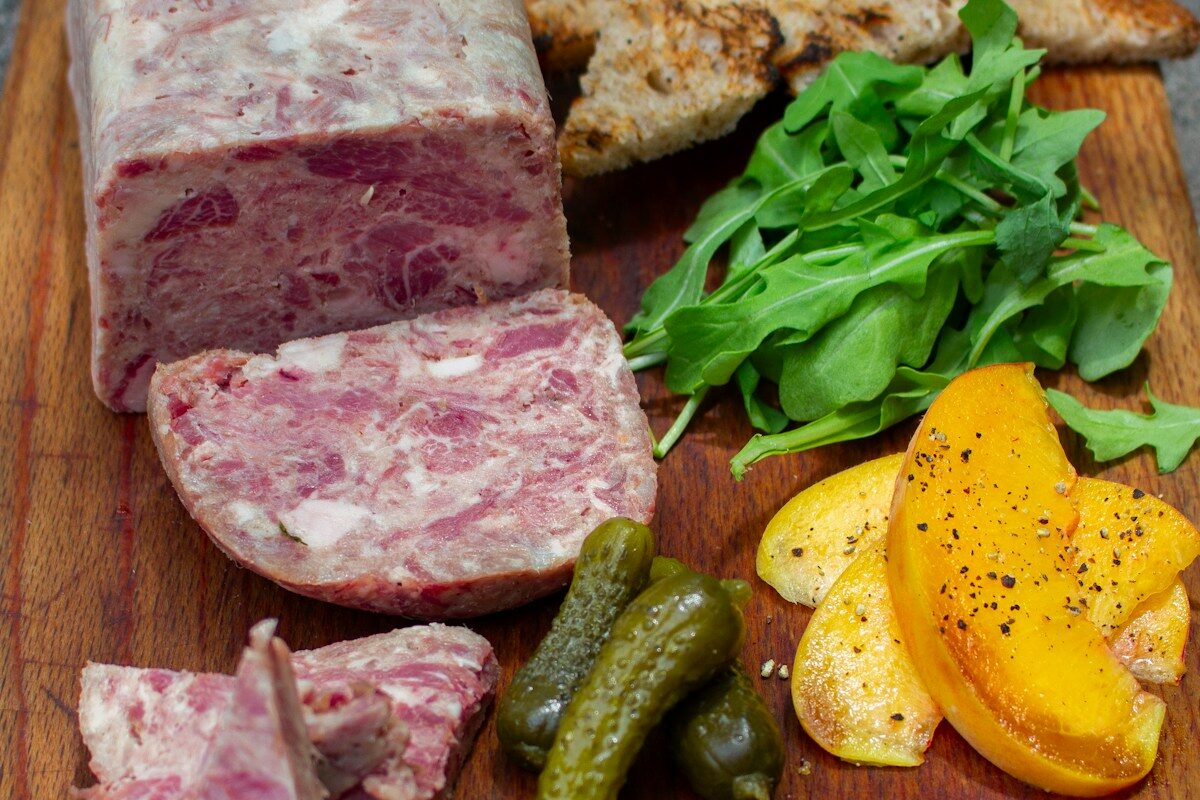
Bacon, hot dogs, and sausages are better cooked on the stove or in the oven rather than in the microwave. Microwaving these processed meats can create cholesterol oxidation products (COPs)—which are linked to heart disease. Research also suggests that COPs may contribute to inflammation, plaque buildup in your arteries, and other health problems. So it’s safer to cook these foods the old-fashioned way.
Single-Use Plastic
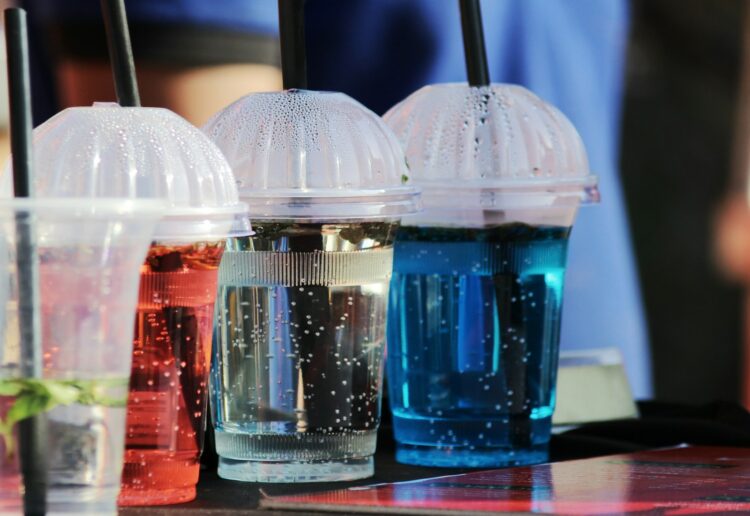
Plastic bags and containers, like yogurt tubs, should never be microwaved. They might contain bisphenol A or BPA. When these plastics melt, they can release BPA into your food, and research has tied BPA to many health problems, like hormone disruptions and an increased risk of certain cancers.
Eggs
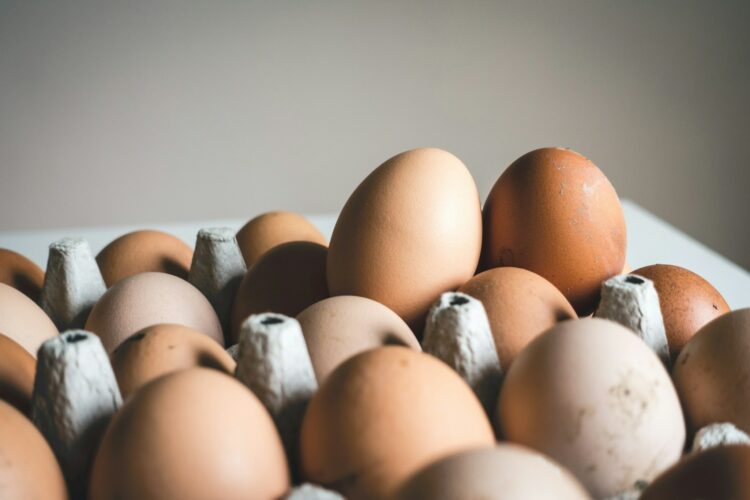
Microwaving an entire egg in its shell isn’t just risky; it can also get messy. The rapid heating in the microwave creates steam inside the egg, and since the shell traps this steam, it can build up pressure until the egg bursts open. This can result in a big mess all over your microwave. So, even if you’ve seen tips online, it’s best to skip the microwave for hard-boiled eggs and use a stovetop instead.
Styrofoam
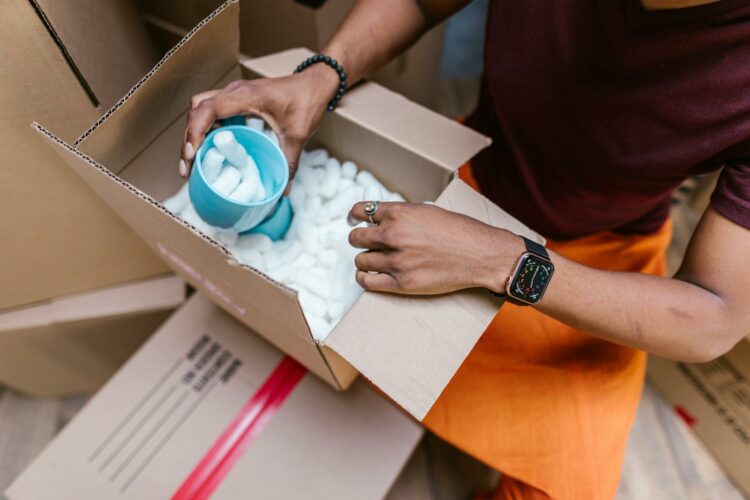
Styrofoam, or polystyrene foam, isn’t just bad for the planet—it’s also risky to use in the microwave. When it gets heated, Styrofoam melts and can release harmful chemicals into your food. These chemicals can seriously mess with your hormones and might even raise your risk of cancers over time. So, to keep things safe, just skip the Styrofoam when you’re microwaving.
Frozen Protein
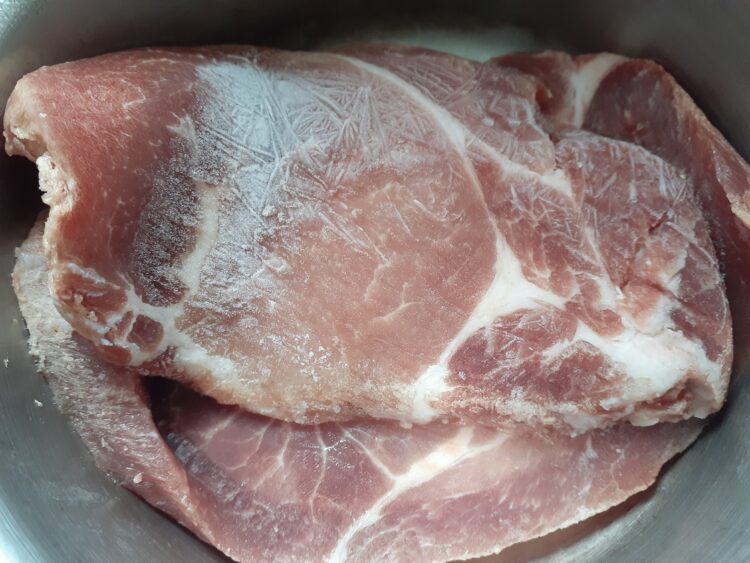
We’ve all forgotten to take meat out of the freezer now and then, but microwaving it isn’t the best fix. Microwaving frozen meat can cook it unevenly and even let dangerous bacteria grow. If you need to use the microwave, thaw the meat first and then cook it fully in the oven, stovetop, or grill before eating.
Bread
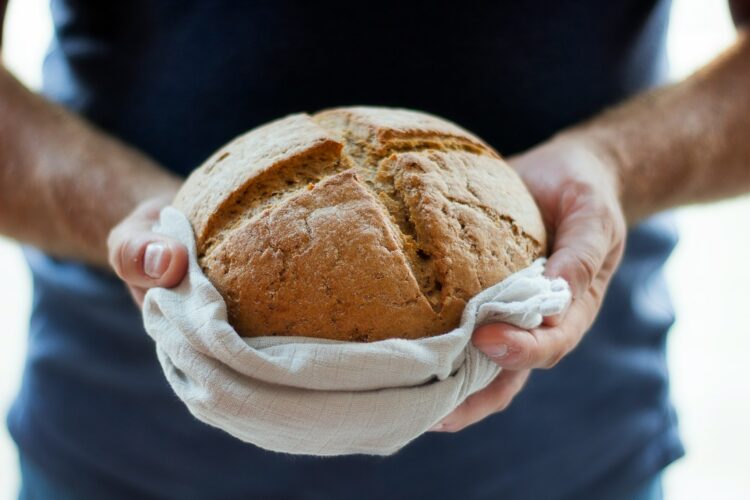
Microwaving bread might not be bad for your health or your microwave, but do you really want to eat dry, chewy bread? Even if the bread seems soft when you heat it—it’ll turn hard and chewy again as soon as it cools down. This happens because the sugar in the bread melts when heated but quickly turns back into crystals as it cools.
Uncovered Pasta Sauces
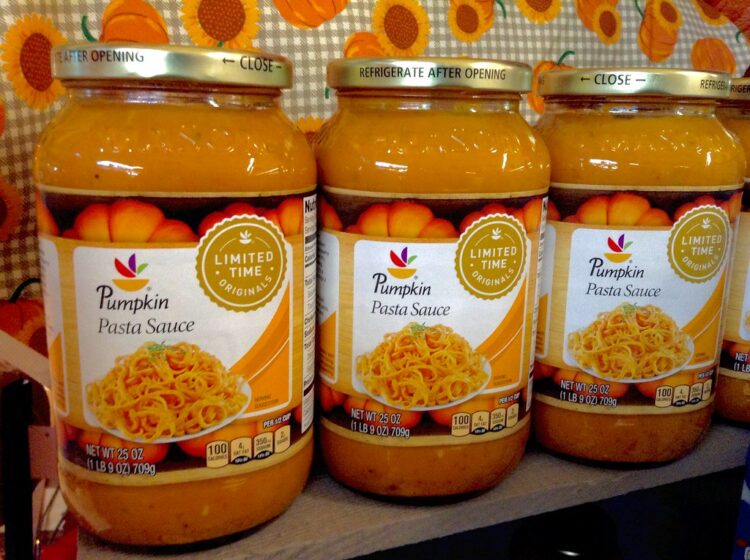
One of the biggest troublemakers for a messy microwave is tomato-based pasta sauces. If you heat them without covering them, they can splatter everywhere. The thick sauce traps steam, which can build up and cause it to explode. To avoid the mess, try reheating your pasta or sauce in a pot or saucepan on the stove instead.
Brown Paper Bags/Cardboard
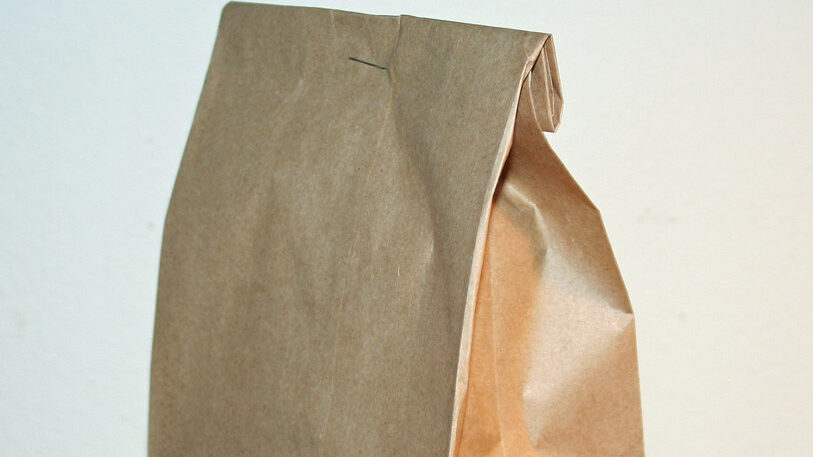
You might be surprised, especially if you love microwave popcorn, but you should never use standard brown paper bags in the microwave. Popcorn bags are lined with a special material that makes them safe, but brown paper bags or cardboard boxes aren’t. Heating these in the microwave can release harmful fumes or even start a fire if things get too hot.
Leafy Greens
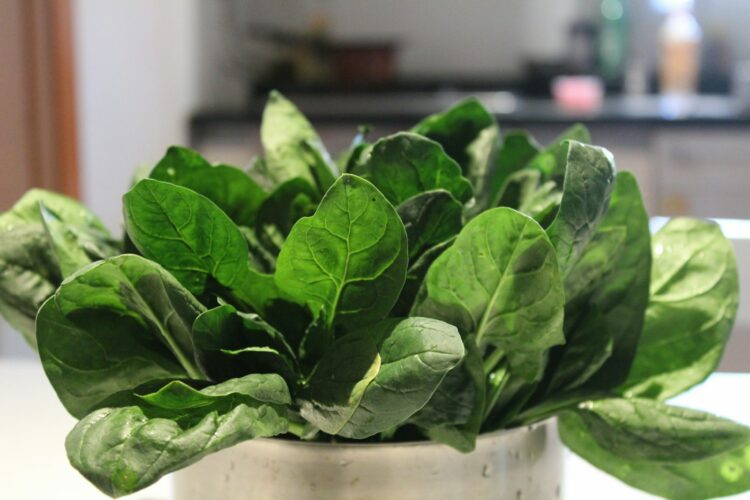
Some foods cause sparks in the microwave. Leafy greens like kale or spinach need a bit of moisture to cook properly. If you microwave these dry, they might spark and damage your microwave. At best, you might end up with a slightly burnt meal. To avoid this, add a bit of water when microwaving leafy greens.
Coffee

As disappointing as it is to toss out cold coffee, reheating it in the microwave can make it taste bitter because it messes with its chemical composition. If you don’t like wasting things, try turning that cold coffee into an iced coffee instead. It’s a tasty way to salvage your drink and make the most of your mistake.
Tea

Just like with coffee, it’s better not to heat water for tea in the microwave, but for different reasons. Tea is made from delicate leaves, and each type of tea needs a specific water temperature to taste its best. Green and white teas need water at around 175-180°F, while black tea needs it at 212°F. Microwaves make it hard to get the water to these exact temperatures. To get it right—use a kettle and a thermometer instead.
Dutch Oven
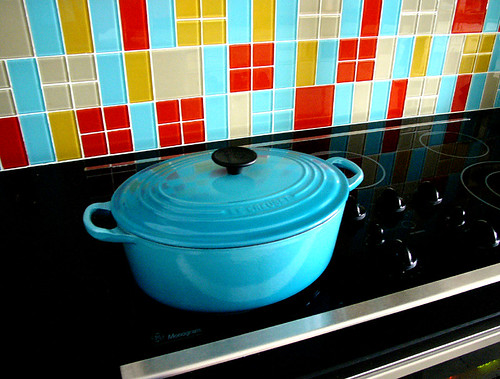
A Dutch oven is something you definitely shouldn’t toss in the microwave. Even though they might be colorful, they’re made of metal, so microwaving them is a big no-no. They’re heavy because they’re cast iron. Not only is it dangerous—but your food won’t even cook because the microwaves can’t get through the metal.

